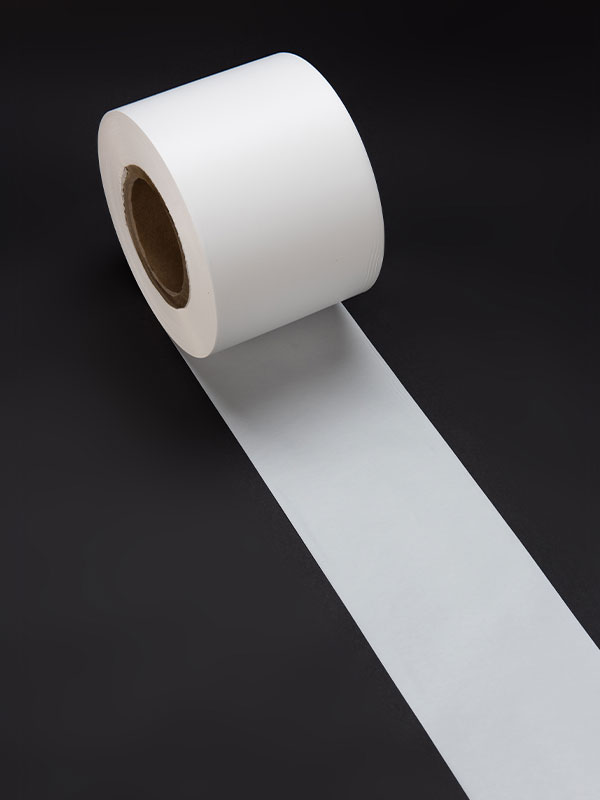Waterproof breathable PE film has become a crucial material in the production of medical protective clothing, offering a unique combination of comfort and safety. Central to its effectiveness are various additives that enhance its properties, enabling manufacturers to tailor the film to meet specific needs in medical environments and beyond. Understanding these additives is essential for grasping how PE film achieves its remarkable balance of air permeability and water resistance.
One of the primary categories of additives used in PE film production is performance-enhancing agents. These include specific polymers and copolymers that improve the film's mechanical properties, such as tensile strength and elasticity. For instance, incorporating ethylene-vinyl acetate (EVA) can increase the film’s flexibility while maintaining its waterproof qualities, which is particularly beneficial for garments that need to allow for a range of motion without sacrificing protection. Additionally, adding plasticizers can help to soften the film, enhancing comfort and wearability—an important factor in medical settings where protective clothing is worn for extended periods.

Another significant class of additives is breathability enhancers, which play a critical role in moisture management. By adjusting the composition of the resin or integrating specific additives, manufacturers can modify the film’s microstructure, allowing for optimal air and moisture transfer. This is crucial in preventing skin issues like ulceration and itching, which can arise from prolonged use of less breathable materials. Additionally, substances like surfactants can be used to promote hydrophilicity in certain areas of the film, helping to wick moisture away from the skin and improve overall comfort for the wearer.
Moreover, antimicrobial agents are increasingly being incorporated into PE films to address concerns about contamination in healthcare settings. These additives help inhibit the growth of bacteria and fungi on the film's surface, enhancing the protective function of medical clothing and contributing to overall hygiene. This is particularly relevant in environments such as hospitals, where the risk of infection is heightened. The inclusion of these agents not only improves the safety of the protective gear but also aligns with the growing emphasis on infection control in modern healthcare practices.
The functionality of Waterproof breathable PE film is significantly enhanced through the strategic use of various additives. Performance-enhancing agents improve mechanical properties, breathability enhancers ensure moisture management, and antimicrobial agents boost hygiene and safety. This adaptability allows manufacturers to meet diverse market demands while ensuring that medical protective clothing provides comfort and protection for extended wear. As the healthcare industry continues to evolve, the role of these additives will remain pivotal in developing innovative solutions that address both safety and comfort in medical environments.

 English
English 中文简体
中文简体 Español
Español






